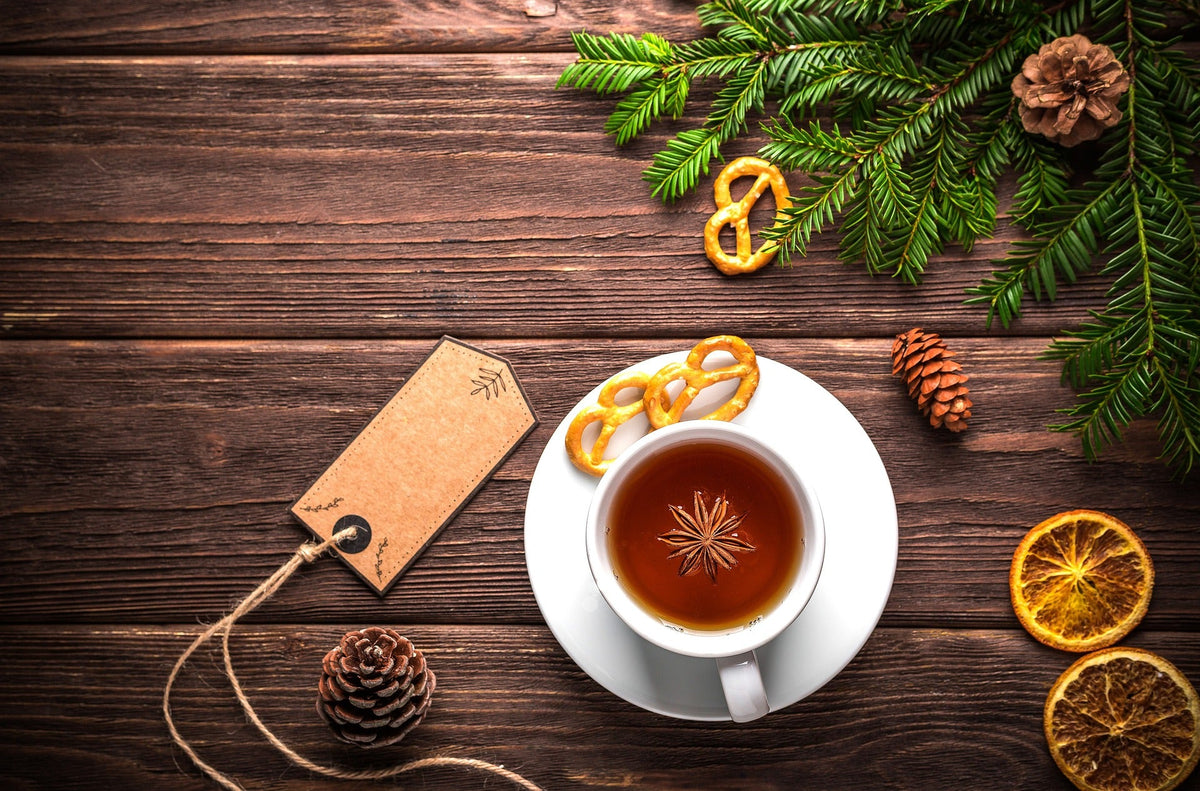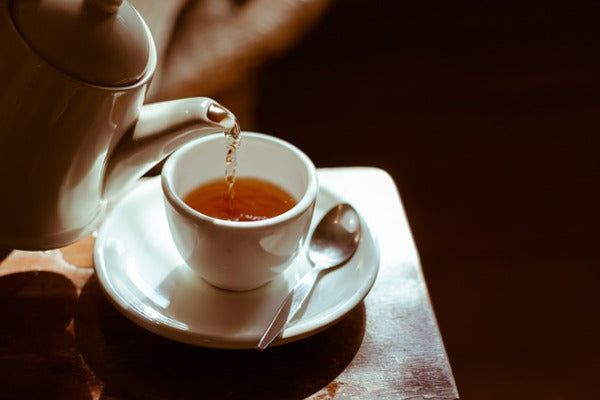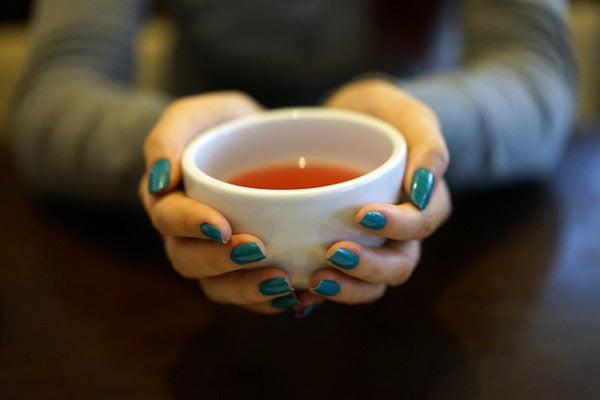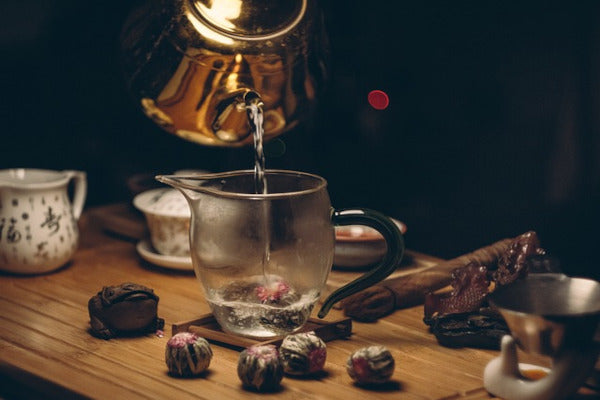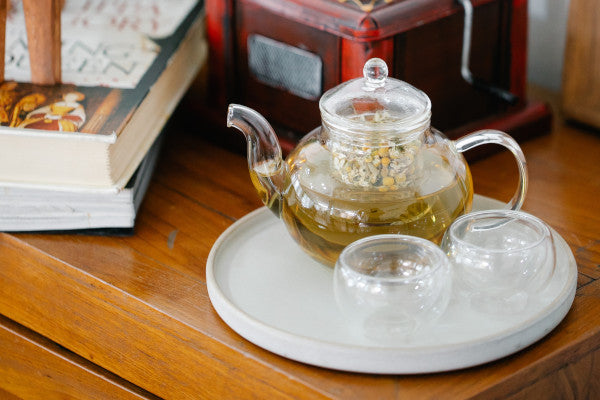In this post, we'll talk about matcha tea vs. green tea —what's the difference? Their flavors can be confusing, but drinking them is delicious; they both come from the same plant. However, they are very different.
March tea is of Japanese origin and has become more popular in recent years. It comes in strands or loose leaves, but is then ground into a very fine powder. The leaves are selected and harvested by hand, then undergo a long natural drying process. A steam bath is applied to remove stems and veins. The tender part of the leaf is then ground with a stone.
Meanwhile, green tea does not undergo oxidation during its brewing process, and its freshly picked leaves are dried, pressed, rolled, and ground. Green tea is infused in hot water, while matcha tea is brewed in powdered form and then added to hot water. Furthermore, matcha tea has 137 times more antioxidants than green tea.
How to know if green tea is original?
It's always best to buy loose leaf infusions rather than individual tea bags ready to be steeped in hot water. However, loose leaf tea bags can't be compared to loose leaf tea, because loose leaf tea is made from dried and broken leaves, so its flavor and aroma aren't as pronounced.

When it comes to matcha tea vs. green tea , it's best to buy organic green tea (and everything that goes with it) in bulk. Furthermore, if you buy it from a specialized store like Tétique, even better, as this guarantees quality and freshness. We'll advise you and answer any questions you may have.
Now, if you want to know if green tea is original, you should look at the following before buying it:
- There should be uniformity in size and shape of the leaves.
- The mixture should not have any stems or branches.
- The color of its leaves should be bright and uniform.
- The aroma is also important, quality bulk should be fresh and long-lasting.
What kind of tea is matcha tea?
The difference between matcha tea and green tea is that matcha tea is a green tea of Chinese origin, but some people associate it with Japanese culture. However, this tea was first consumed in China, between 960 and 1279, during the Song Dynasty. During that time, there was a large immigration of Japanese eager to learn a new form of Buddhism (known as Zen Buddhism).

This type of Buddhism includes meditation in its ritual and religious practices. Tea helps relax the body and keep the mind alert, ideal conditions for meditation. The result of this wave of Japanese immigration to China was that they adopted their custom of drinking matcha tea. Over time, its consumption was included in the Japanese tea ceremony, called Chanoyu.
Matcha tea is very different from other loose-leaf teas; it's a very fine powder of ground leaves. However, to drink it, simply stir it into water to fully enjoy its properties.
What is the difference between green tea and matcha?
Both teas come from the same green tea plant, although their flavor, preparation, and properties are different. However, both beverages offer health benefits. Let's look at the differences between matcha and green tea .
Regarding their crops: matcha vs. green tea
Green tea leaves are picked by expert tea pickers very early in the morning, when their cellular content is much softer. This is typically during the months when temperatures are lower. Once harvested, they are weighed and steamed through barrel-shaped conduits, whose pressurized steam softens the leaves, which causes the cellular fluids to coat them.
Then, to prevent any chemical action on the leaves, a pre-drying process is carried out to prepare them for the actual drying process. The leaves are rolled and oxidized. The final steps are drying and shaping. Finally, the tea is sifted and graded, producing different grades of tea.

Regarding matcha vs. green tea , the harvesting process for matcha tea is much more meticulous and time-consuming than that for green tea. It's a process that takes place during the spring and fall seasons. About 20 days before harvesting, the green tea plantation is covered, concentrating the chlorophyll, caffeine, and theine. The leaves are then harvested by hand.
Matcha tea leaves are steamed, and their stems are separated. The leaves are then ground into a very fine powder. The process is so meticulous that a stone mill takes an hour to produce 40 grams of matcha.
Ways to consume matcha vs green tea
To drink green tea, heat the water to a boil, pour it into a cup, and then steep the tea for about 3 minutes. Some people add lemon, honey, or ginger to modify its flavor or enhance its properties.
Regarding matcha vs. green tea , matcha isn't infused; it's added directly to water. Furthermore, matcha tea has a wide variety of drinking options, and it's popular to consume it with milk. It's also served in the form of shakes, smoothies, and more.
Properties of matcha vs green tea
The main difference between matcha and green tea is the way they release their nutrients. In green tea, the leaves and stems are infused, while in matcha tea, the best leaves are harvested and separated from the stems, obtaining the part of the plant with the most nutrients. Furthermore, it's not infused, it's dissolved. Infusing green tea provides 10% to 20% of the plant's nutrients, while one gram of matcha tea provides 100%.


